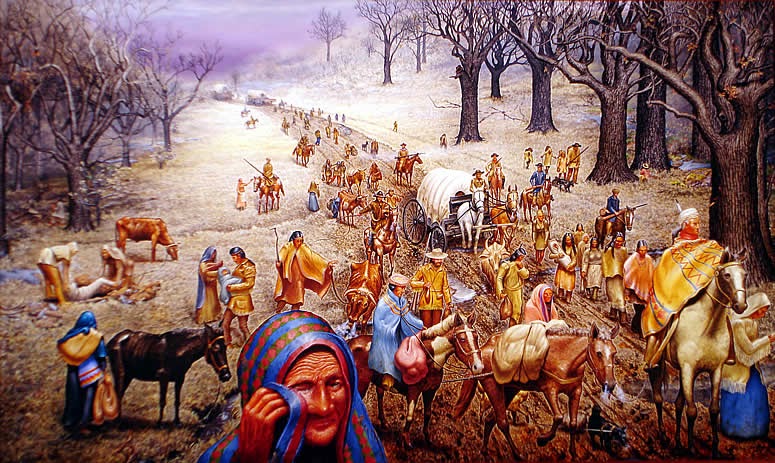
The state of Hawai'i consists of eight inhabited islands and up to as many as one hundred, twenty uninhabited islands, including "The Big Island" of Hawai'i, Kahoolawe, Maui, Lanai, Molokai, Oahu, Kauai, and Niihau. The Hawai'ian islands were are the tops of volcanoes formed as the Pacific Plate moved over a hotspot.
Weather & Hazards
Hawai'i is located completely south of the Tropic of Cancer, so it experiences a warm and equable climate with few seasonal extremes. Variation in temperature is dependent not regionally, but on the elevation and orientation of the land's topography.
Earthquakes are commonplace to the Hawai'ian islands, as well as the constant fear of tsunamis. Due to the severity and frequency with which Hawai'i experiences tsunamis, the government now issues tsunami warnings well in advance of the five to fifteen hours it takes tsunamis to reach the islands in an attempt to minimize the potential loss of life.
 |
| Tsunami waves hitting Hawai'i |
The Hawai'ian islands were among the last places on Earth to be discovered and inhabited. Native Hawai'ians are believed to have descended from early Polynesian travelers, who first settled on the island of Kauai.
The islands were sighted by Captain James Cook in 1778,
 |
| Captain James Cook |
Traditionally ruled by King Kahmehameha I and his descendents, during the latter half of the nineteenth century, maintaining shipping interests with the American mainland became of the utmost importance. Therefore, in 1898, the United States officially annexed the islands of Hawai'i as a US territory.
Tourism
Since World War II, tourism has become an increasingly important aspect of Hawai'i's economy. Since the 1959 introduction of commercial jet airliners, Hawai'i has become one of the major tourist destinations in the world. Despite the significant amount of revenue that tourism has traditionally brought to the state, tourism is a highly elastic product; it is entirely dependent on the state of the national and world economies. Since the security scares following 11 September 2001, as well as the economic recession of 2008-2011, tourism in Hawai'i has declined. This downturn in tourism, though, has reignited the ongoing debate on whether to allow the legalization of casino gambling in Hawai'i.
Works Cited -
"Hawai'i and the Pacific Islands." The Geography of North America: Environment, Culture, Economy.
Pearson Education, Inc., n.d. Web. 28 Apr. 2014. <https://reader.cafescribe.com/reader/Reader.html?activationToken=LTSEV25ZSS7F2EK2&credential=K9ZJQ6J>.














































